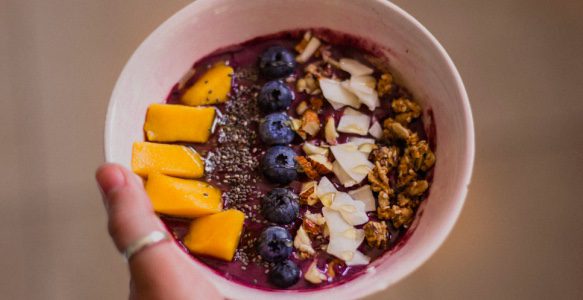
The dirty secret behind the popular superfood açaí
Açaí has become well known in recent years as a popular superfood, transforming from a little-known berry grown in the Amazon into one of the most sought-after ingredients. But Brazilian labor officials say hiding behind the boom is a culturally accepted practice of extremely dangerous child labor, according to the Washington Post.
Monitoring almost nonsexist or prone to failure
Açaí berries grow on tall, spindly trees and are sourced almost exclusively from the Amazon rainforest. Their growth and harvest are seen as a sustainable way for indigenous farmers to earn a living in regions suffering from deforestation. However, reports have found that children who harvest them risk and suffer bone fractures, knife wounds, venomous snake and spider bites among other dangers.
Federal labor prosecutor Margaret Matos de Carvalho told The Washington Post:
“Wherever we looked, we either found child labor or reports of child labor…everyone knows – the cities, the schools and the state.”
When labor investigators asked what type of monitoring the major exporting companies were doing to keep child labor out of their supply-chain, they found they were doing nothing or their activities were so prone to failure, they were effectively useless.
